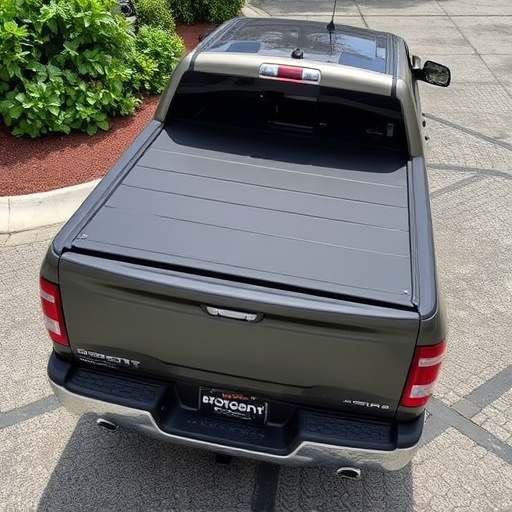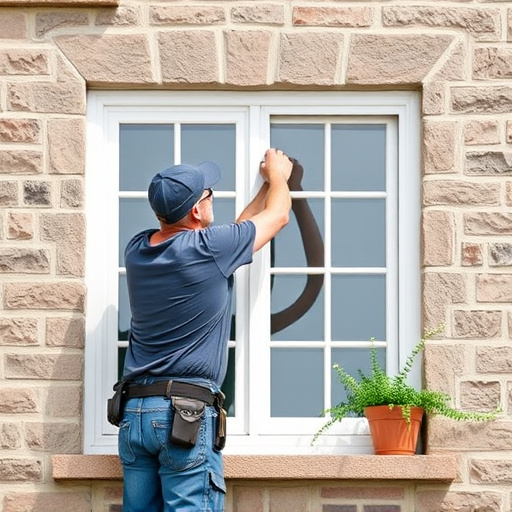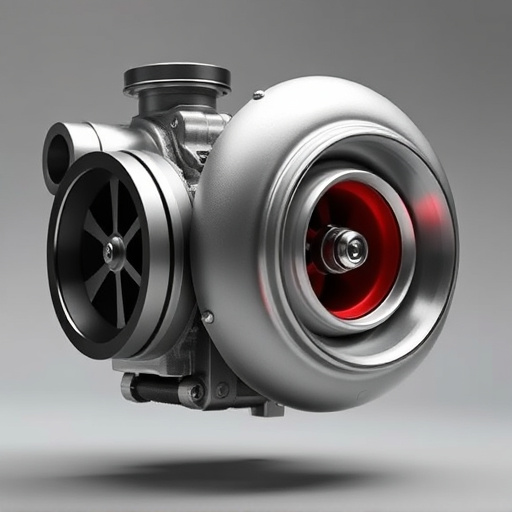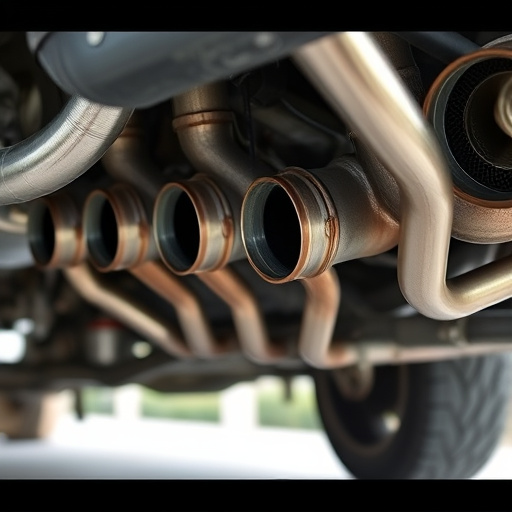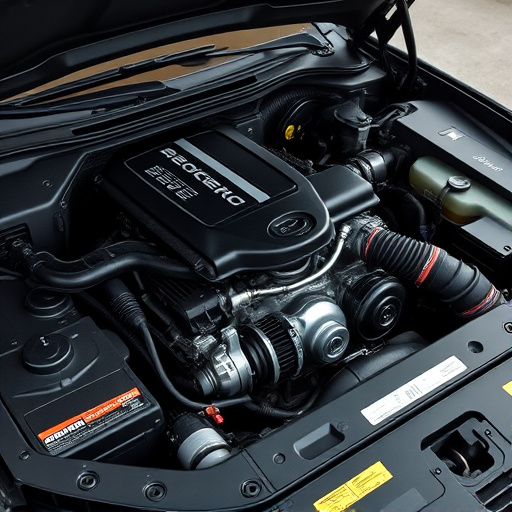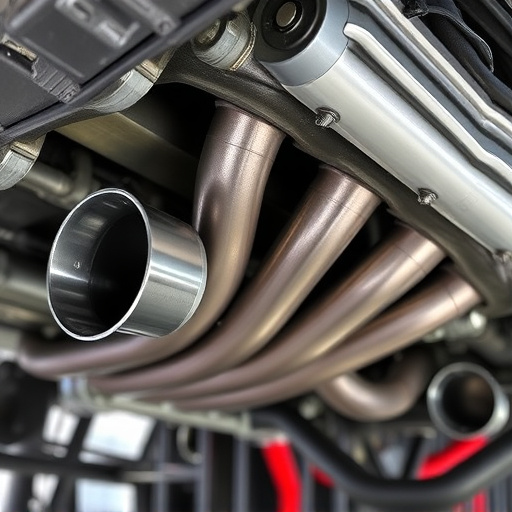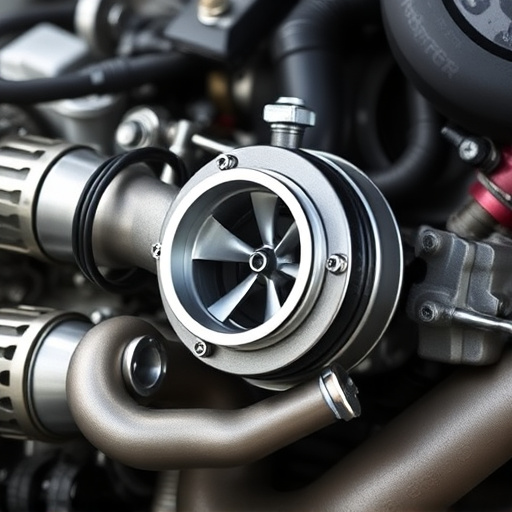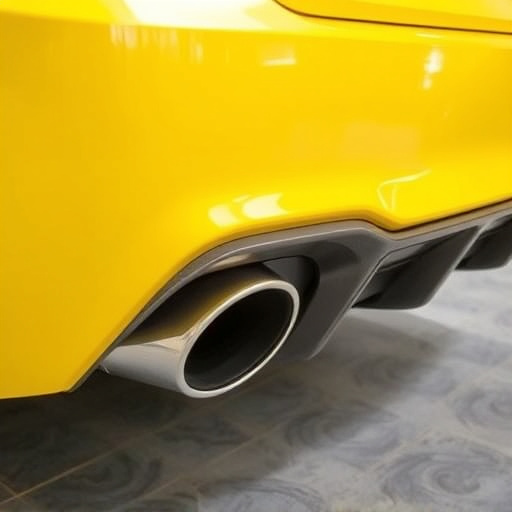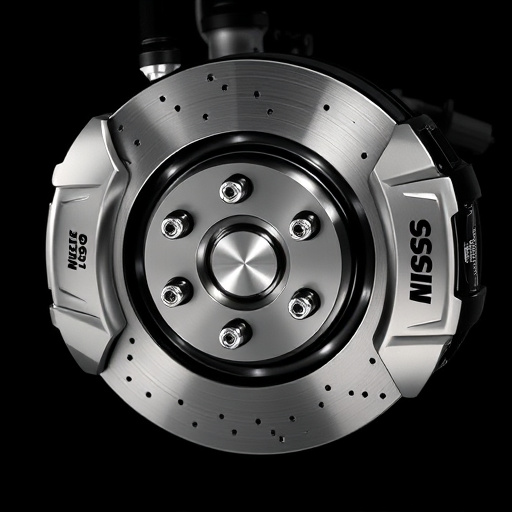Promptly identify and address common engine air intake issues for optimal engine performance. Regularly inspect and replace air filters, check for dirt or damage in hoses, and use diagnostic tools to verify sensor accuracy. Verify airflow and pressure levels using specialized equipment, ensuring all connections are secure to maintain efficient engine air intake.
Struggling with a less-than-optimal engine performance? Your vehicle’s air intake system may be to blame. Learn how to quickly identify common issues like clogged or dirty filters, which can stifle power and efficiency. This guide details simple yet effective troubleshooting steps, starting with a fast inspection and cleaning process. Additionally, discover the importance of accurate air flow and pressure checks to ensure optimal engine air intake—a crucial step in keeping your vehicle running smoothly.
- Identify Common Air Intake Issues Quickly
- Inspect and Clean or Replace Filters
- Verify Air Flow and Pressure Levels Accurately
Identify Common Air Intake Issues Quickly
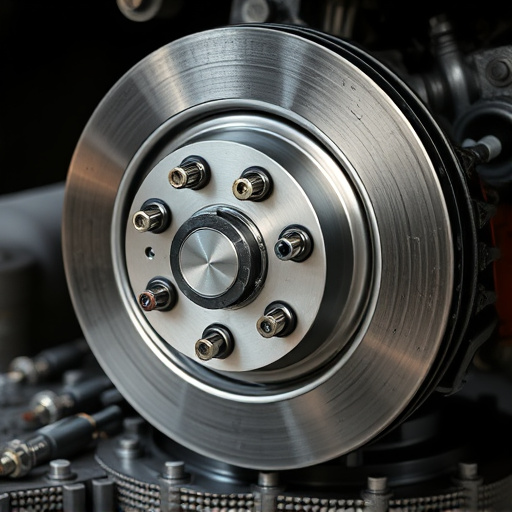
When it comes to identifying common air intake issues quickly, knowing what to look for is key. One of the most obvious signs of a problem with your engine air intake is reduced performance. If you notice a significant drop in power or fuel efficiency, it might be time to investigate further. Other symptoms include rough idling, stalling, or unusual noises coming from the engine bay—all of which could indicate a blockage or leak in the air intake system.
Regularly checking your air filters is an excellent starting point. A dirty or clogged filter can restrict airflow, affecting engine performance and efficiency. Additionally, inspect the air intake hose for any cracks, tears, or signs of damage that could allow air leaks. Remember, even small gaps can significantly impact the engine’s ability to draw in the required amount of air, so it’s crucial to ensure your air intake components are in good condition. Other potential issues include problems with the mass airflow sensor (MAF) or a faulty air temperature sensor, which can be diagnosed using diagnostic tools to check for errors in these sensors’ readings.
Inspect and Clean or Replace Filters
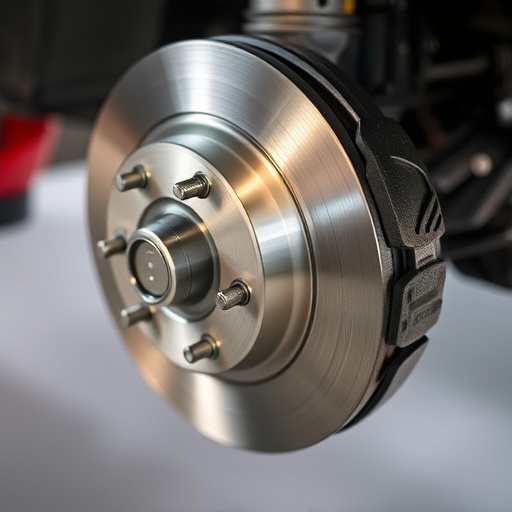
One of the simplest yet often overlooked solutions to engine air intake problems is regular inspection and maintenance of your vehicle’s air filters. Over time, dirt, dust, and debris can accumulate in these filters, restricting airflow and negatively impacting engine performance. It’s recommended to check your owner’s manual for the ideal replacement interval, as it varies across vehicle models.
When inspecting or replacing air filters, consider using high-quality substitutes that are designed to accommodate your specific engine air intake system. Clean or replace the filter if it appears dirty, restricted, or damaged. Additionally, ensure that the installation process is carried out correctly to maintain optimal airflow. Regularly maintaining these brake components and muffler tips can significantly contribute to smoother engine operation, as well as enhance overall vehicle efficiency.
Verify Air Flow and Pressure Levels Accurately
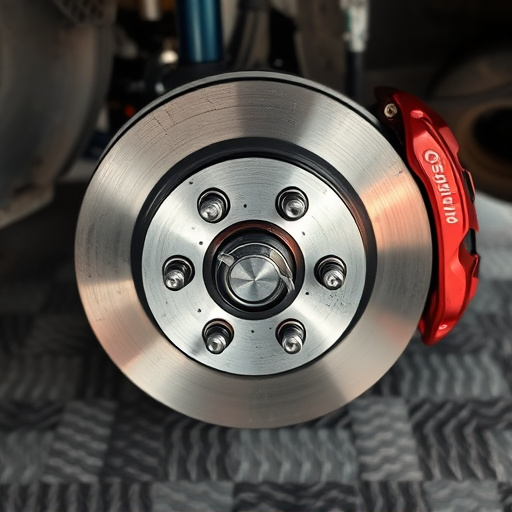
To accurately diagnose engine air intake problems, it’s crucial to start by verifying airflow and pressure levels. This involves using specialized tools like flow meters and manometers to measure both the volume of air entering the engine and the pressure differential across the air filter. Start by inspecting the air filter for any obstructions or damage that could restrict airflow. Clean or replace it as needed. Next, check connections for leaks or debris buildup. Even a small gap can significantly affect pressure levels. Ensure all components like sensors, pipes, and hoses are secure and in good condition.
Once you’ve confirmed adequate airflow, focus on pressure levels. A healthy engine air intake system maintains a specific pressure drop across the filter. Any deviation from this norm could indicate issues with the turbocharger or supercharger, if equipped, or even problems with other components like the exhaust tips or suspension kits. Compare readings against manufacturer specifications to pinpoint anomalies and address them promptly for optimal engine performance.
Troubleshooting engine air intake problems doesn’t have to be a daunting task. By quickly identifying common issues, inspecting and replacing filters as needed, and verifying airflow and pressure levels accurately, you can get your vehicle’s engine air intake system running smoothly in no time. Remember, a well-maintained air intake ensures optimal performance and fuel efficiency, so don’t overlook this crucial aspect of regular maintenance.





